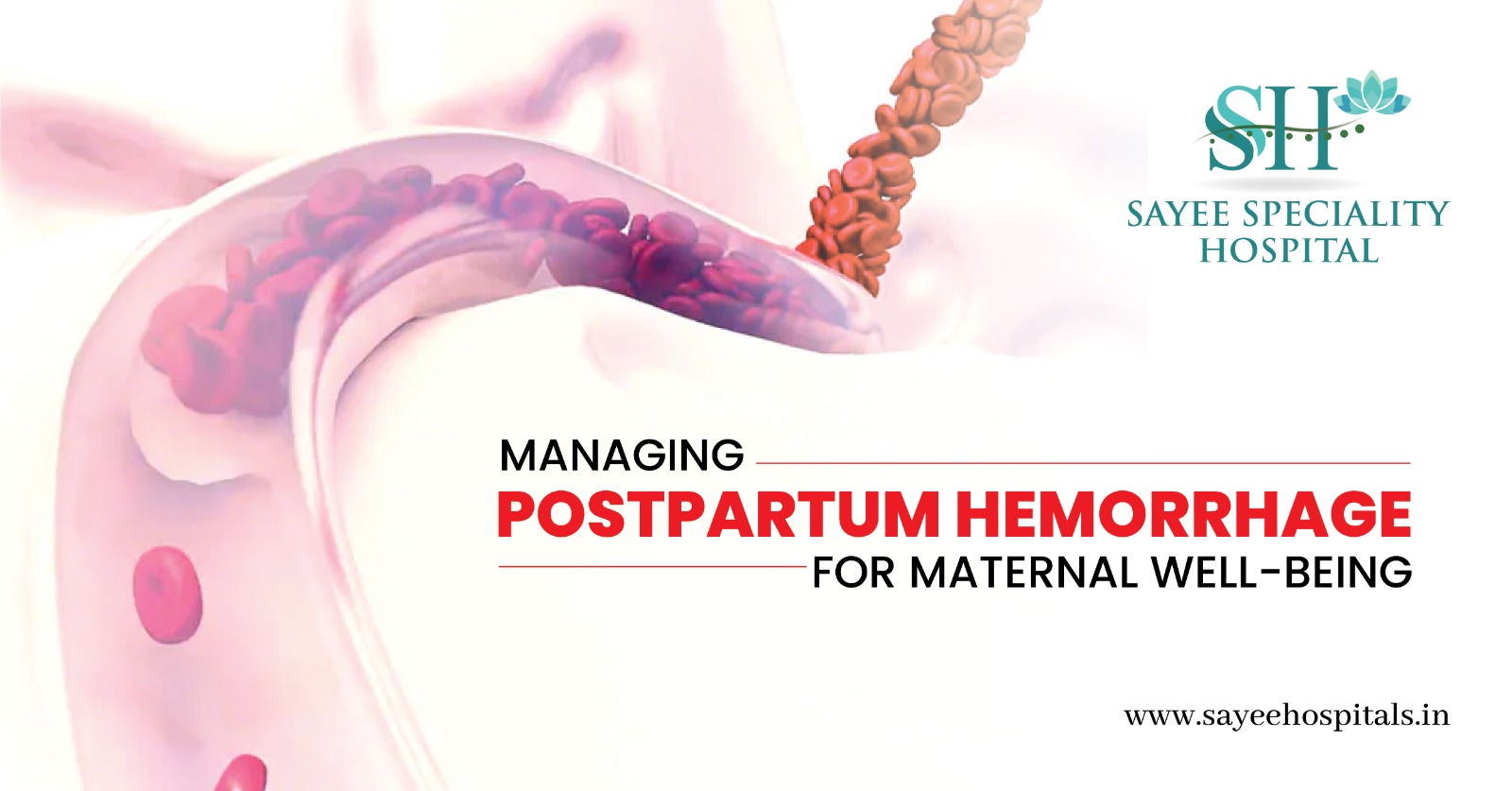Postpartum hemorrhage (PPH), characterized by severe vaginal bleeding after childbirth, poses a serious threat, potentially leading to fatal consequences. Recognizing symptoms like dizziness, faintness, and blurred vision is crucial, as early detection and prompt intervention are key to a successful recovery. Whether occurring immediately after delivery or up to 12 weeks postpartum, PPH demands immediate attention.
Postpartum hemorrhage is defined by a blood loss exceeding 500 ml after normal childbirth, and 1000 ml after caesarean delivery. The two types, primary (within 24 hours) and secondary (24 hours to 12 weeks postpartum), require distinctive approaches.
Causes and Risk Factors:
The four Ts—tone, trauma, tissue, and thrombin are the major 4 determinants of PPH. Uterine atony, inadequate contractions post-delivery, accounts for 80% of cases. Contributing factors include retained placental tissue, uterine trauma, and blood clotting disorders.
Symptoms:
Persistent excessive bleeding, accompanied by symptoms like dizziness, increased heart rate, and abdominal pain, signals potential PPH. Timely reporting of symptoms is crucial, even if they manifest days or weeks postpartum.
Diagnosis:
General condition of patients, complete haemogram, Visual examinations, blood tests, and ultrasound scans aid in diagnosis. Monitoring the vital signs plays a vital role.
Treatment of PPH:
PPH, the medical emergency, demands urgent treatment. Approaches include uterine massage, medications to induce contractions, and, in severe cases, surgical interventions like laparotomy or hysterectomy.
Prevention:
Identifying high-risk individuals, addressing placental problems, and administering preventive medications during delivery contribute to reducing PPH risks. Adequate prenatal care, iron intake, and awareness of risk factors aid prevention.
In conclusion, understanding, recognizing, and addressing postpartum hemorrhage are vital for maternal well-being. Timely intervention and a comprehensive approach contribute to positive outcomes, ensuring a healthy and safe postpartum period for both mother and child.
